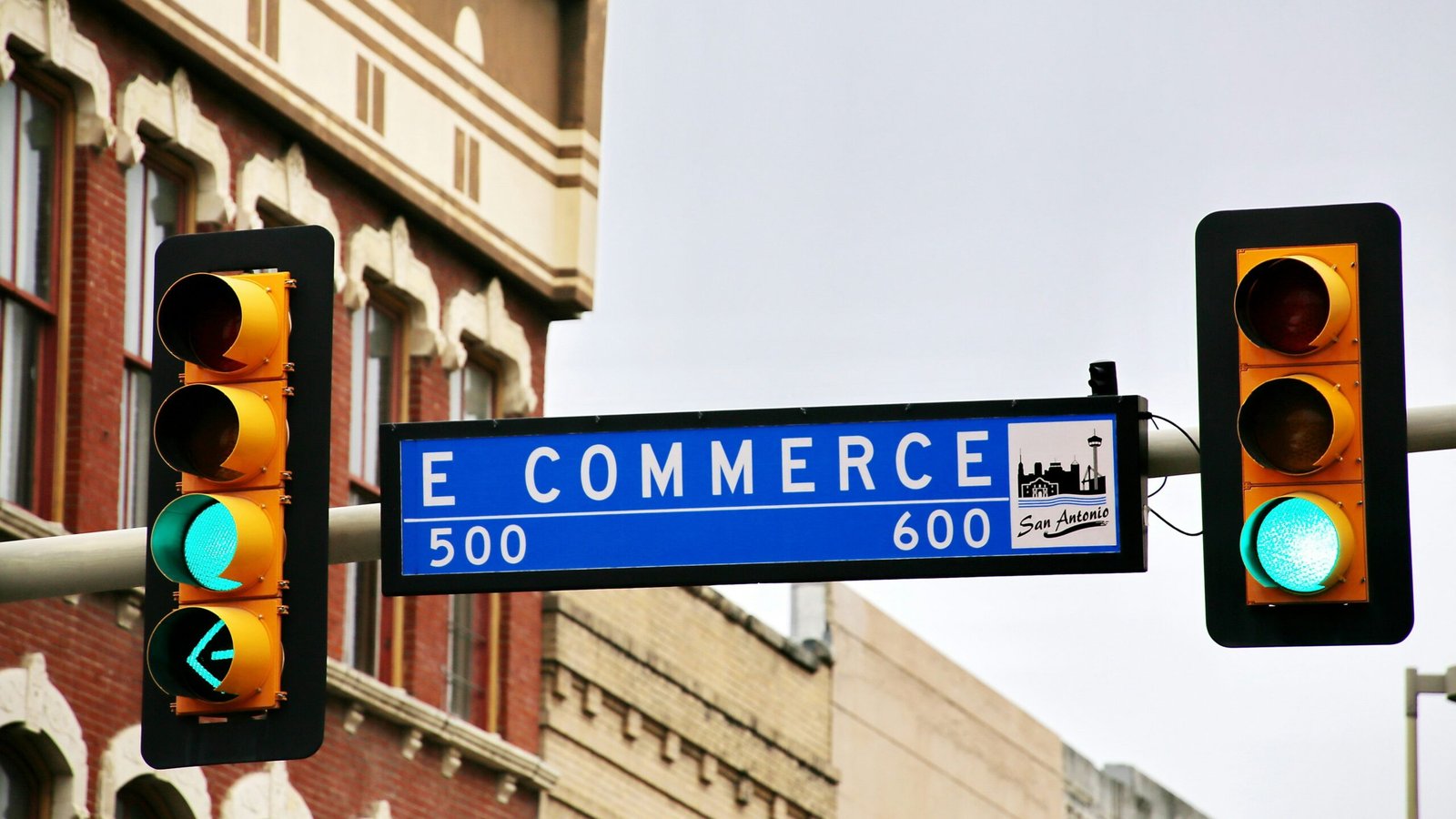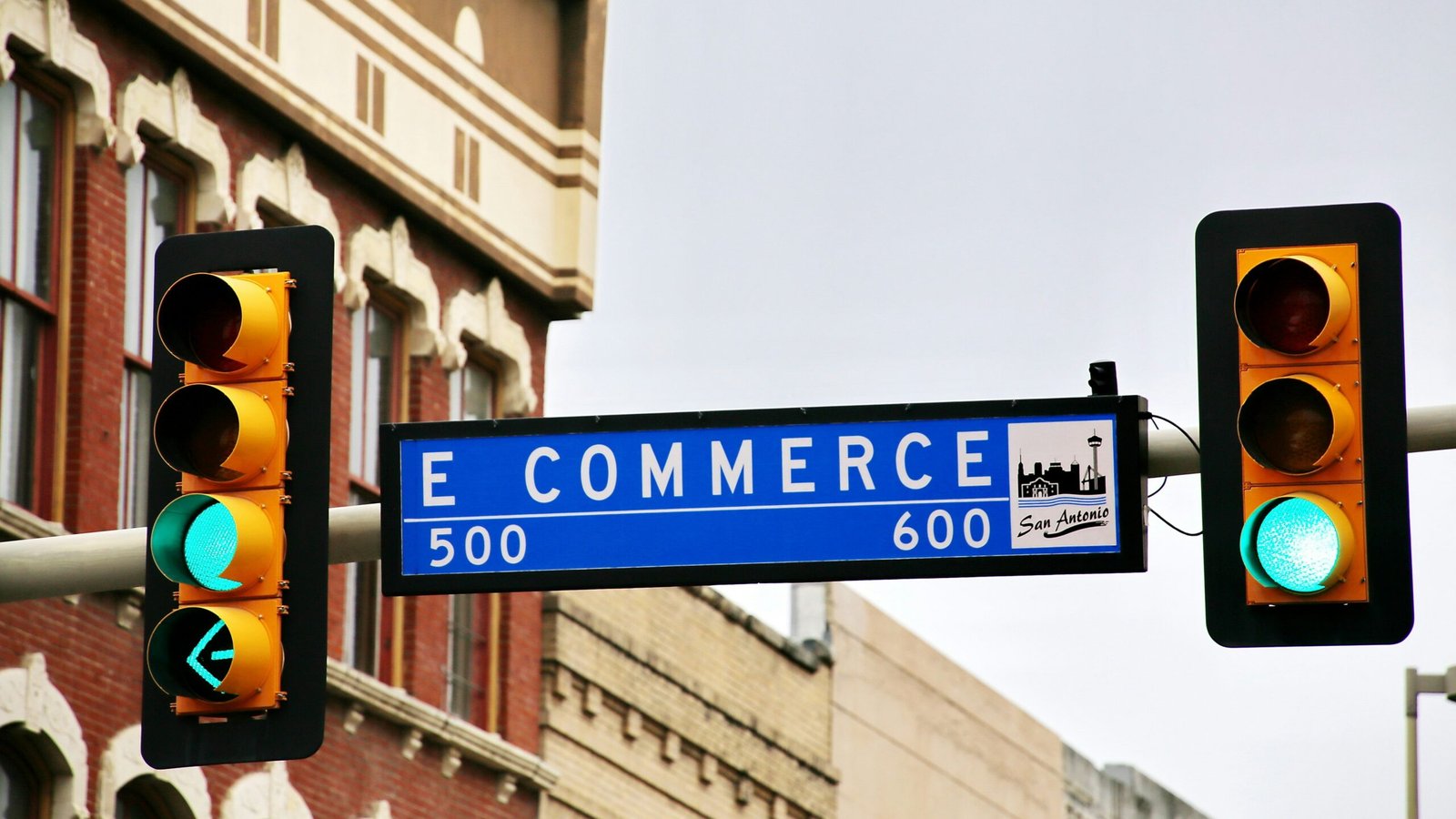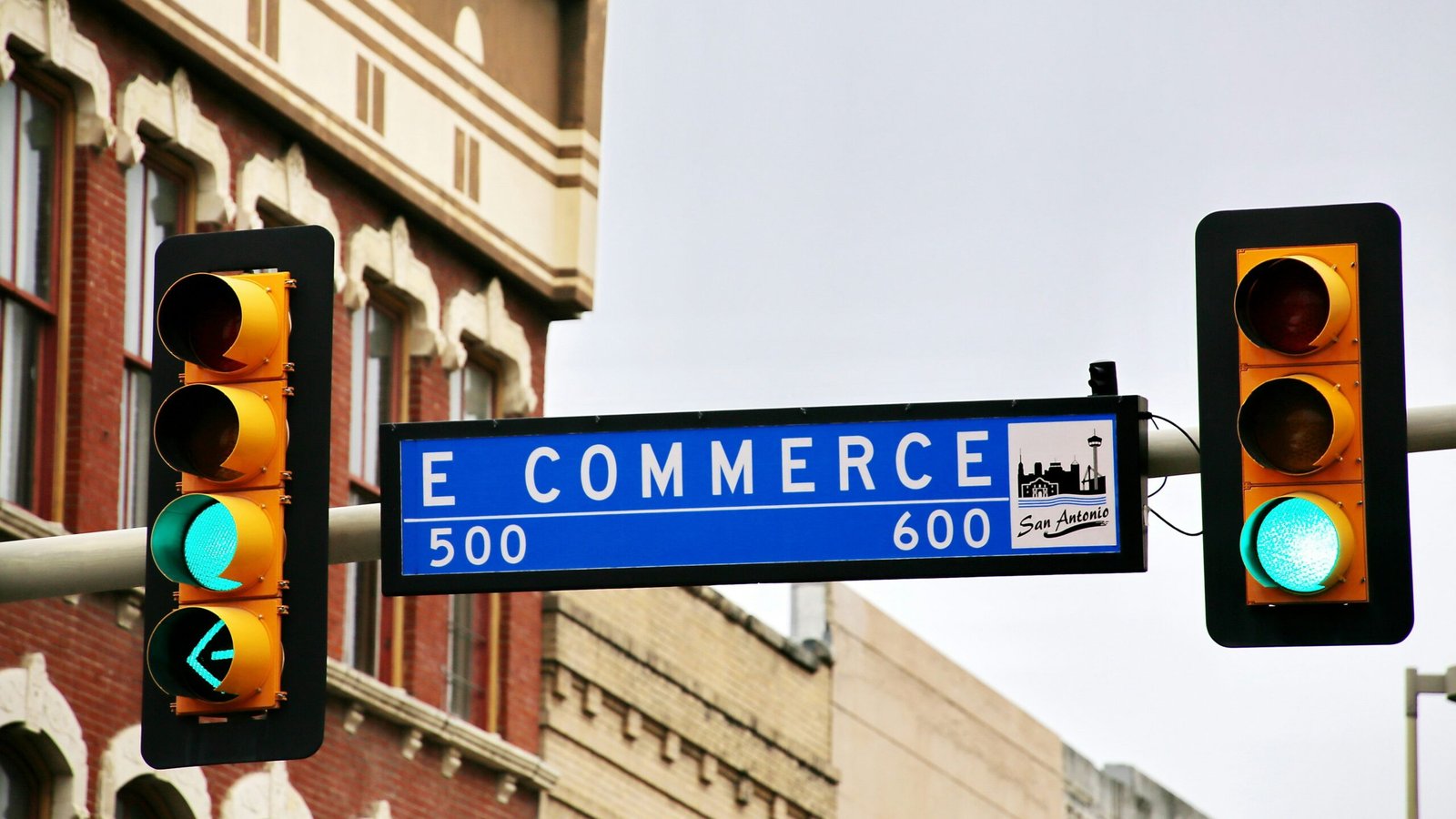6 Types of Email Projects for E-commerce: Boosting Sustainable Growth for Your Business
Email marketing is a powerful tool for e-commerce businesses to drive sustainable growth. Every email you send has a purpose, whether it’s to encourage sign-ups, promote products, or nurture customer relationships. In this blog post, we will explore six types of email projects that can help you achieve your business goals.
1. Emails for Product Launches:
When you have a new product to introduce, a series of emails can create anticipation and generate excitement among your audience. Depending on the complexity of the launch, you may send anywhere from five to twenty or more emails. These emails can include sneak peeks, behind-the-scenes content, and exclusive offers to entice customers to make a purchase.
2. Product Offer Emails:
Retailers frequently send out product offer emails to entice customers to make a purchase. These emails often feature discounts, promotions, or limited-time offers. By leveraging the power of scarcity and urgency, you can encourage customers to take action and make a purchase. These emails are a great way to boost sales and engage with your audience.
3. Welcome Email Sequence:
When a customer signs up for a new online product or subscription, a welcome email sequence is essential. These emails serve as a friendly introduction, providing information about what to expect and any relevant links for downloading or accessing the product. A well-crafted welcome email sequence can set the tone for a positive customer experience and build brand loyalty from the start.
4. Upsell Emails:
Upselling is a valuable strategy for increasing customer lifetime value. If a customer has signed up for the free version of your app or service, sending them an email highlighting the benefits of upgrading to the premium paid version can be highly effective. These emails should focus on the added value and features that come with the paid version, enticing customers to make the switch.
5. Cart Abandonment Emails:
Cart abandonment is a common challenge for e-commerce businesses. When customers add items to their cart but fail to complete the purchase, sending a cart abandonment email can help recover lost sales. These emails can include personalized product recommendations, limited-time discounts, or reminders about the items left in the cart. By addressing any concerns or obstacles that may have led to abandonment, you can encourage customers to complete their purchase.
6. Follow-Up Emails:
In the business-to-business world, where sales cycles are often longer, follow-up emails play a crucial role in nurturing leads and closing deals. These emails can be personalized and tailored to the specific needs and interests of the recipient. By providing valuable information, addressing any concerns, or offering additional resources, you can build trust and strengthen the relationship with potential customers.
In conclusion, email marketing is a powerful tool for e-commerce businesses to drive sustainable growth. By utilizing different types of email projects, you can engage with your audience, promote your products, and nurture customer relationships. Whether you’re launching a new product, offering discounts, or following up with leads, each email serves a specific purpose in your overall marketing strategy. By crafting compelling and targeted emails, you can maximize the impact of your email campaigns and achieve your business goals.
Remember, the key to successful email marketing is to provide value to your subscribers while maintaining a consistent and engaging communication style. By understanding the different types of email projects and their purposes, you can create effective email campaigns that drive sustainable growth for your e-commerce business.







